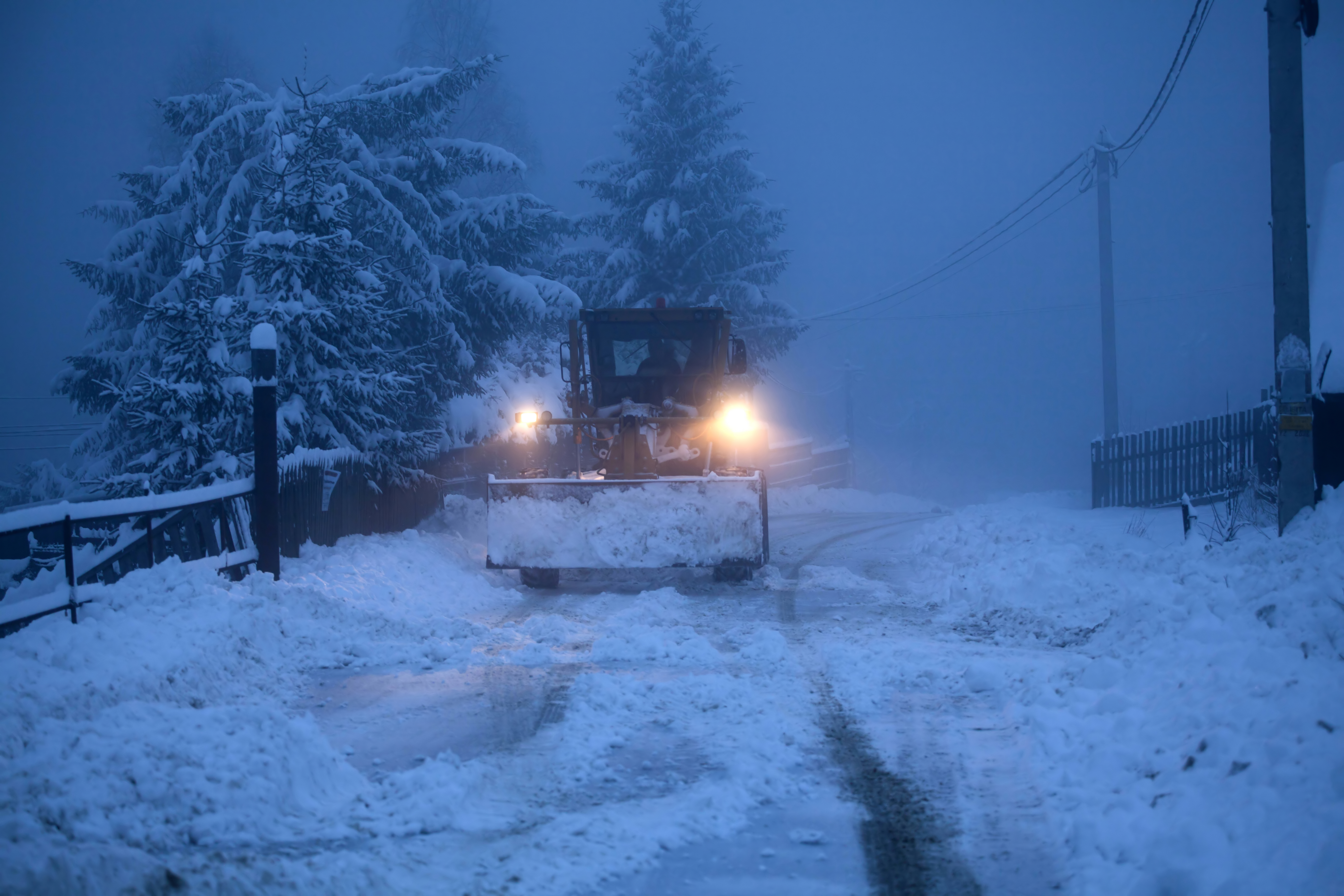Rip Current Safety

I recently spoke to some friends who witnessed a drowning that occurred on a beach very close to home. It was a very sad and very unfortunate incident where a child was sept out and the father drowned attempting to save him. Thankfully a pair of local surfer friends were able to save the child and get them both to shore. The father very sadly passed away there on the beach despite all attempts to revive him. It was an extremely terrible and traumatizing experience on an otherwise beautiful, lovely summer day. Being an avid surfer for over 30 years, a professional surf instructor, and a trained lifeguard, it's a situation that I have also experienced and witnessed on many occasions. Just about every surfer that I know has at one time or another pulled an unassuming swimmer out of a rip current and back to the safety of the shore. Summer is now in full swing and with that we have more folks than usual getting out to our local beaches to enjoy the sun and the ocean. However, given recent red flag conditions along the Carolina Coast and now with several tropical storms out in the Atlantic, it may be time to rehash the ever relevant topic of rip current safety.
Some facts and stats from NOAA and the National Weather Service...as well as Carolinas specific info...
*What Are Rip Currents?
Rip currents are strong, channelized currents of water that flow back into the ocean from the shoreline. They typically form at breaks in the sandbars, and near structures such as jetties and piers. Rip currents are commonly found at any beach where there are breaking waves, including Great Lakes beaches.
- Rip currents act as treadmills of the ocean, with speeds averaging 1 to 2 feet per second, but they have been measured as fast as 8 feet per second - faster than an Olympic swimmer!
- Rip currents do not pull people under the water - they pull people away from shore.
- The length and width of rip currents can vary dramatically.
Rip currents are dangerous and life-threatening for several reasons:
- They pull people away from shore into deeper waters.
- They are often hard to identify in the surf and not everyone knows about the danger of rip currents.
- Sometimes the worst rip current events occur with the best weather. Nice and sunny weather does not mean the ocean is safe.
- People try to swim against rip currents versus swimming out of them.
*How Do Rip Currents Form?
 Rip currents form as incoming waves push water up the slope of the beach. To remain in balance, excess water building in the surf zone seeks the path of least resistance as a rip current through the surf zone.
Rip currents form as incoming waves push water up the slope of the beach. To remain in balance, excess water building in the surf zone seeks the path of least resistance as a rip current through the surf zone.
- Rip current formation is more favorable with incoming wave direction perpendicular to shore, larger wave heights, and longer wave periods. However, rip currents can still form in surf of only 1 to 2 feet.
- Rip currents are most common within a few hours of low tide, but can still form during all hours of the day.
*Rip Current Statistics
We have already had 19 fatalities due to rip currents so far in the United States just this year, and summer has just begun.
-
North and South Carolina rip current fatality statistics (2000-2023):
- 184 rip current drownings (average 8 deaths a year)
- 86% of fatalities were male - Males are 5x more likely than females to drown in a rip current in the Carolinas.
- Hardest hit age groups: 41 to 50 (male) & 31 to 40 (female)
- Twice as many fatalities occurred in NC versus SC
- 28% of drownings were bystanders (since 2011)
A coastal hazard with far inland implications...
- 49% of fatalities were from out-of-state (i.e., non-NC or SC resident)
- Only 18% of fatalities lived in the coastal Carolinas
*How To Spot a Rip Current

Spotting a rip current can be tricky, especially at eye level standing on the beach. It is easier to spot rip currents from an elevated position overlooking the beach (e.g., parking lot, beach access, or headland). Watch the water for several minutes as ocean conditions, including rip current characteristics, can change. You can also ask a lifeguard if there any rip currents in the area.
Look for these clues when trying to spot a rip current:
- A narrow gap of darker, seemingly calmer, water between areas of breaking waves and whitewater
- A channel of churning, choppy water
- A difference in water color
- A line of foam, seaweed, or debris moving seaward
- Some types of rips, such as flash rips, can appear as narrow sections of turbulent whitewater heading away from the beach
 Rip currents are oddly helpful to us surfers and we use them everyday to help paddle out into the waves because they tend to form in between shallow sand bars and help pull us out to where we can catch them. Swimmers, however, are often caught off-guard when they are swept off their feet by the fast moving water, they can't touch the bottom any longer (it's deeper than the surrounding sandbars), land seems to disappear very quickly, they panic, use up all of their energy fighting against the current, and eventually end up exhausted and hypoxic gasping for air clawing for the surface. In the case where a bystander becomes the victim, they most likely were untrained, had no flotation device, and jumped into the same situation. They however are now dealing with an active drowning victim climbing clawing and inadvertently pushing them underwater in a panicked survival situation.
Rip currents are oddly helpful to us surfers and we use them everyday to help paddle out into the waves because they tend to form in between shallow sand bars and help pull us out to where we can catch them. Swimmers, however, are often caught off-guard when they are swept off their feet by the fast moving water, they can't touch the bottom any longer (it's deeper than the surrounding sandbars), land seems to disappear very quickly, they panic, use up all of their energy fighting against the current, and eventually end up exhausted and hypoxic gasping for air clawing for the surface. In the case where a bystander becomes the victim, they most likely were untrained, had no flotation device, and jumped into the same situation. They however are now dealing with an active drowning victim climbing clawing and inadvertently pushing them underwater in a panicked survival situation.

*According to the US National Weather Service:
Rip currents are the deadliest and most common hazard people face at the beaches of North and South Carolina, as well as along most of the coastlines of the world. The United States Lifesaving Association (USLA) estimates rip currents are responsible for about 100 drownings each year in the United States and over 80% of lifeguard rescues. Between 2000 and 2022, there were 179 rip current drownings (~8 per year) in North and South Carolina. This number far exceeds any other weather-related fatalities during that time frame, making rip currents the #1 weather related killer in the coastal Carolinas. With millions of people visiting the beaches of North and South Carolina each year, it is very important rip current awareness and education continues to be promoted to help keep the public safe.
So before you jump in the ocean this summer, please make sure you are taking every precaution with your families to keep them safe and avoid the number one weather related fatality in the United States.
Subscribe to our blog or follow us on Facebook or Instagram for more helpful information tips and tricks. You can also sign up for our Marine Insurance Newsletter for more helpful information and tips for being on or in the water by clicking here!
*Information provided by The National Oceanic and Atmospheric Administration, National Weather Service.


